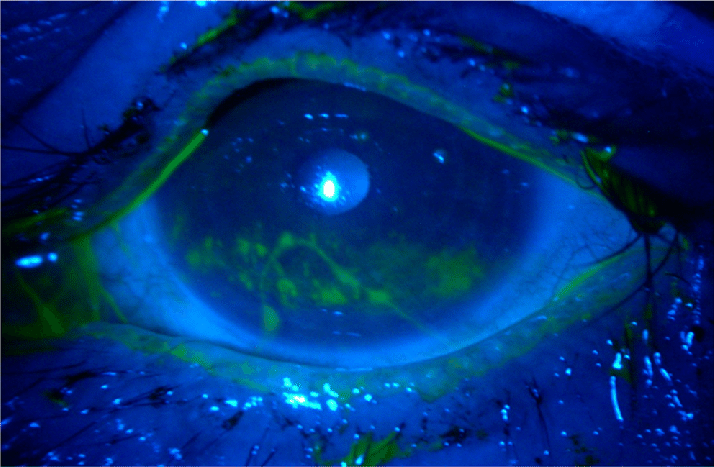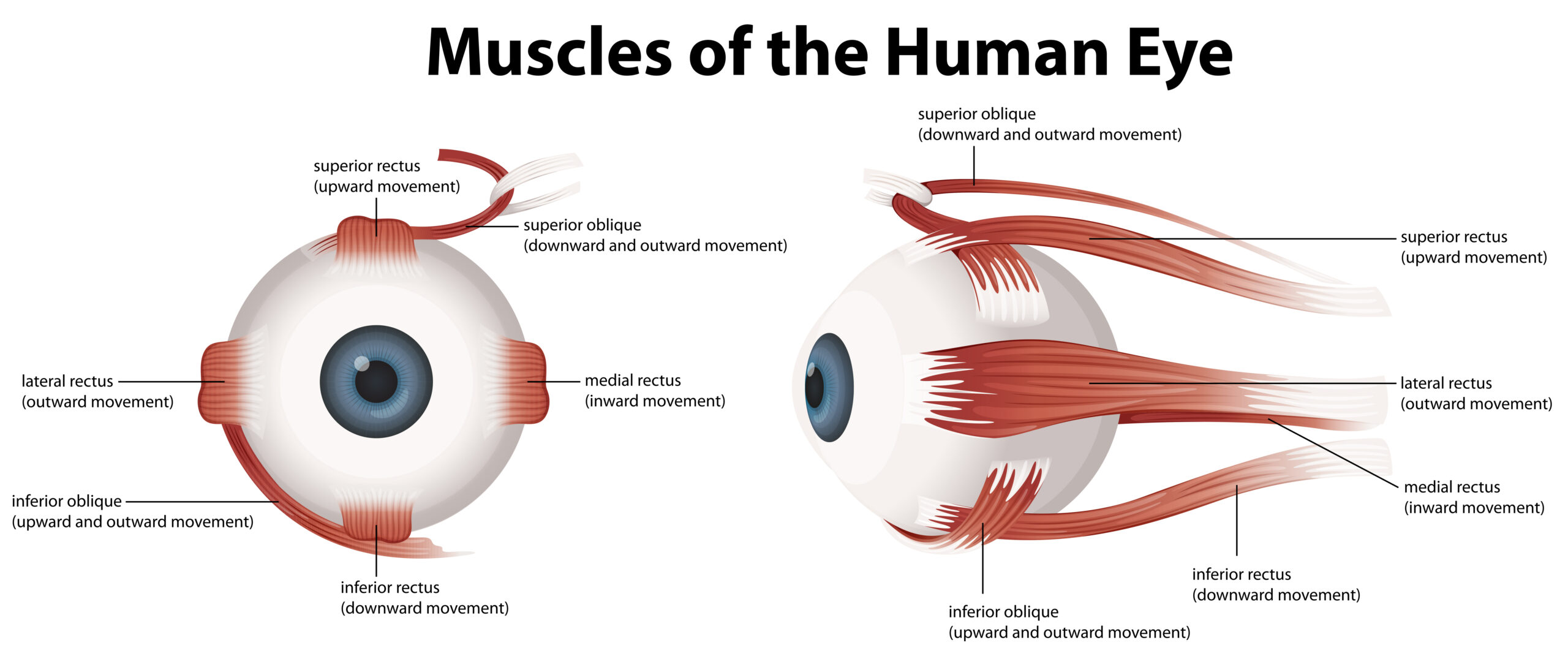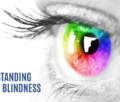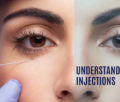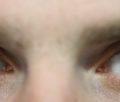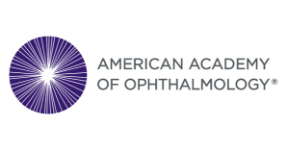Table of Contents
Paediatric glaucoma is a rare but serious condition that affects the eyesight of children for life. It is distinct from adult-onset glaucoma and requires early diagnosis and intervention to prevent vision loss.
In this blog, we will provide an overview of paediatric glaucoma, including its causes, methods of diagnosis, and available treatment options.
What is Paediatric Glaucoma?
Paediatric glaucoma refers to a group of eye disorders characterised by increased intraocular pressure (pressure inside the eye) in children. Unlike adult-onset glaucoma, paediatric glaucoma occurs in infancy, childhood, or adolescence. It is a relatively rare condition, affecting approximately 1 in every 10,000 children. Paediatric glaucoma can have a significant impact on a child’s visual development and long-term quality of life.
Causes of Paediatric Glaucoma
Paediatric glaucoma can be categorised into primary and secondary glaucoma.
- Primary glaucoma occurs due to developmental abnormalities in the eye’s drainage system, which impairs the outflow of aqueous humour, leading to increased intraocular pressure.
- Secondary glaucoma, on the other hand, is caused by other ocular conditions or systemic diseases.
Genetics plays a significant role in paediatric glaucoma, as it can be inherited from parents. Children with a family history of glaucoma are at a higher risk.
Additionally, certain congenital anomalies and syndromes, such as aniridia and neurofibromatosis, increase the likelihood of developing paediatric glaucoma.
Symptoms of Paediatric Glaucoma
Recognising the symptoms of paediatric glaucoma is crucial for early detection and intervention. Infants and young children may not be able to communicate their discomfort, so parents and caregivers should look out for signs such as excessive tearing, light sensitivity, enlarged corneas, cloudy or hazy eyes, and poor vision.

Diagnosis of Paediatric Glaucoma
Diagnosing paediatric glaucoma involves a comprehensive eye examination, including measuring intraocular pressure, assessing the appearance of the eye and optic nerve, and evaluating the structure and function of the eye.
Additional diagnostic tests may be conducted to confirm the diagnosis.

Treatment Options:
The primary goal of treating paediatric glaucoma is to lower intraocular pressure and prevent further damage to the optic nerve and vision. Treatment options vary depending on the severity and type of glaucoma. Medications, such as eye drops and oral liquids, may be prescribed to reduce intraocular pressure.
Surgical intervention is often necessary to manage paediatric glaucoma effectively. Surgical procedures may involve creating a new drainage pathway, removing obstructions, or implanting glaucoma drainage devices to regulate intraocular pressure.
Regular monitoring and adjustment of treatment may be required to achieve optimal outcomes.
Management and Follow-up
Paediatric glaucoma requires long-term management and regular follow-up care. Children with glaucoma should be monitored closely to assess the effectiveness of treatment and detect any changes or complications. Ophthalmologists, paediatricians, and other healthcare professionals work together to ensure that the child’s eye health is maintained as much as possible.
Regular follow-up appointments are essential to evaluate the progression of the disease, monitor intraocular pressure, assess visual acuity, and make any necessary adjustments to the treatment plan. In some cases, additional surgeries or interventions may be required as the child grows and develops.

It is crucial for parents and caregivers to understand the importance of adhering to the recommended follow-up schedule and maintaining open communication with the healthcare team. They should promptly report any changes in symptoms or concerns regarding their child’s vision to ensure timely intervention and appropriate management.
Conclusion
Paediatric glaucoma is a rare but significant condition that requires early diagnosis and intervention to preserve a child’s vision. Understanding the causes, recognising the symptoms, and seeking prompt medical attention are crucial for effective management. With the right treatment approach and regular follow-up care, the impact of paediatric glaucoma on a child’s visual health can be minimised.
If you suspect that your child may have paediatric glaucoma or have any concerns about their eye health, it is important to consult with an ophthalmologist experienced in paediatric eye care. They can provide a comprehensive evaluation, accurate diagnosis, and appropriate treatment options tailored to your child’s specific needs. Remember, early detection and intervention can make a significant difference in preserving your child’s vision and ensuring their overall well-being.
Remember, early detection and intervention can make a significant difference in preserving your child’s vision and ensuring their overall well-being.
Dr Parth Shah is a Canberra-based ophthalmologist with specialised expertise and experience in cataract surgery, strabismus surgery and paediatric ophthalmology.

